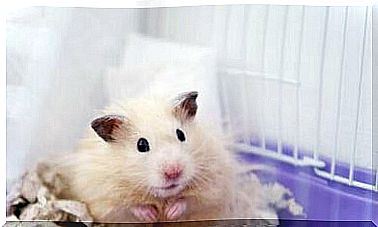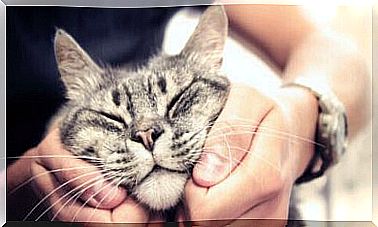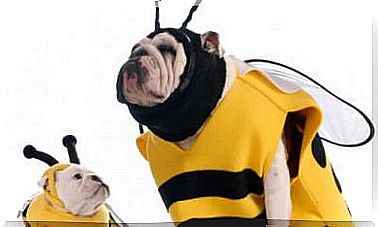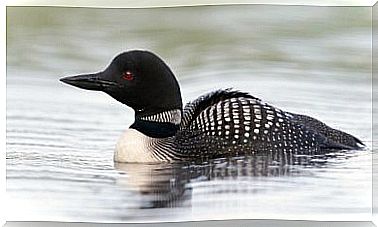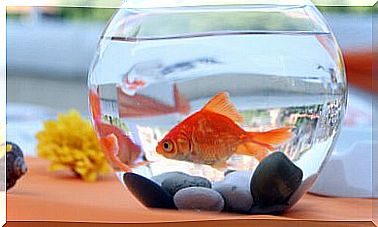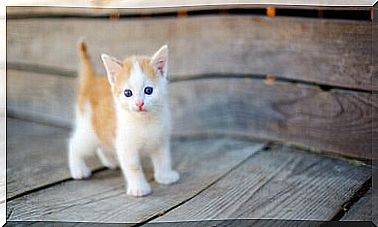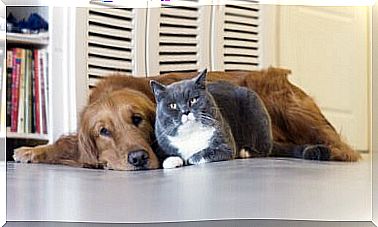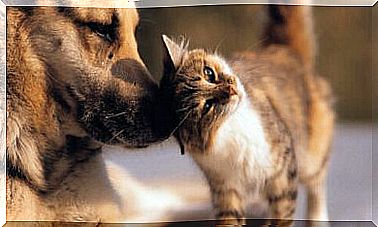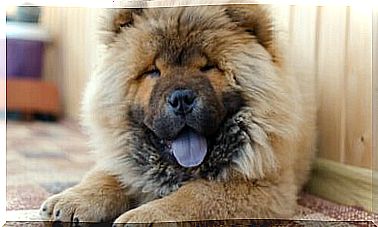Types Of Anesthesia For Pets
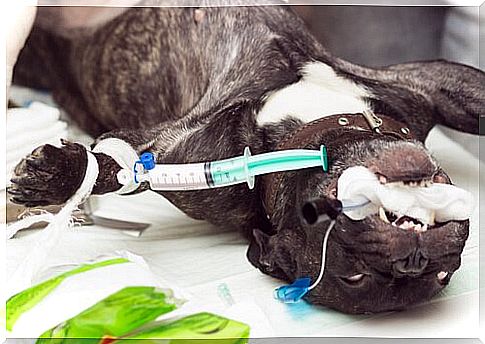
Anesthesia for pets consists of applying medication to prevent pain. This procedure is used to perform various surgeries on domestic animals, for the immobilization of aggressive animals and even for exams such as radiographs and endoscopies.
The application of anesthesia for pets is different for each of them. It all depends on factors such as species, age, weight, size, race and pre-existing pathologies.
before anesthesia
Before applying any type of medication to the animal, a series of procedures is performed to choose the type of protocol to be used. In addition, we must ensure that the pet’s body is in optimal condition. Remember that there are animals that should not be anesthetized.
To obtain the necessary information before anesthesia, do the following:
- A complete blood test
- an electrocardiogram
- A complete and detailed physical examination
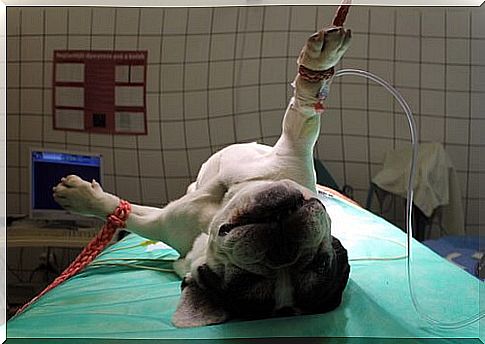
Types of Anesthesia for Pets
Basically, there are two types of anesthesia in animals:
Local anesthesia
Local anesthetics are substances that, when applied to nervous tissue in adequate concentrations, relieve pain. It is the least used anesthesia.
This calming effect is achieved by blocking the sending of a sensitive nerve impulse from the receptor to the cerebral cortex. It applies to a specific area and is used in local procedures and operations.
The substances that make up the local anesthetic first pass into the bloodstream and, after a period, are completely eliminated. They do not influence consciousness, unlike general anesthesia.
The action of this anesthesia is temporary, although there may be some risks. Some of the risk factors are: age, acid-base status, hepatitis or cirrhosis, and malnutrition.
General anesthesia
This type of anesthesia is the most used and the one with the most risks. The consequences are:
- Hypnosis: is the “sleep”, the loss of consciousness.
- Analgesia: is the loss of sensation. This allows you not to feel pain.
- Muscle relaxation: consists of loss of mobility.
- Loss of reflexes: it is the loss of involuntary movements.
- Amnesia: The animal will not remember the operation.
It should be noted that this type of anesthesia is given on an empty stomach, and the more painful the procedure, the more anesthesia is needed. Anesthesia allows the veterinary surgeon to work in optimal conditions. If the animal moves or bites the instruments, the specialist will not be able to operate accurately.
General anesthesia is used for interventions of certain complexity, such as castration or sterilization, fractures, emergency surgery, healing of serious wounds and even dental problems, as this type of anesthesia can protect the airway.
In general, the risks of anesthesia for pets are low, however, in some cases, these risks must be considered if they are greater than the benefits that the surgical intervention will produce.
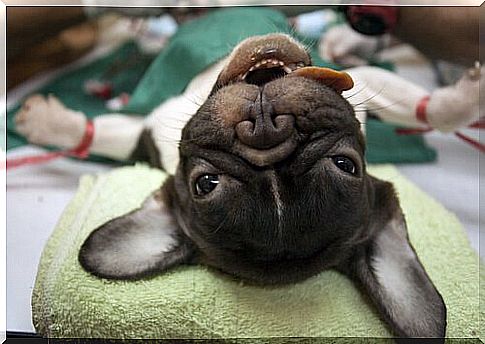
Stages of general anesthesia in animals
Phase 1: Premedication
It consists of the application of drugs to relax the animal’s muscles and so that it does not feel pain. This medication is made for the animal to calm down and reduce its stress. It also allows subsequent doses of medication to be smaller, in addition to helping in the recovery phase (postoperatively).
Phase 2: Anesthesia induction
At this stage, a catheter is introduced that will be maintained throughout the procedure and allows for intravenous drug delivery. At this stage, the animal completely falls asleep, which facilitates endotracheal intubation, through which anesthetic gases and oxygen are applied.
In addition, a mask that vaporizes the generated gases is usually applied. This mask is transparent so the respiratory tract will remain visible.
Phase 3: Maintenance
This stage is when the surgical intervention is performed, the most important moment. Anesthetic gases and oxygen will continue to vaporize throughout the operation, as they are what keep the animal asleep.
Phase 4: Recovery
The final stage will serve to stop the vaporization of the anesthetic gases and only oxygen is still applied. The endotracheal tube is removed with great care and the animal is allowed to wake up. Remember that it is not advisable to leave the animal unattended as it must remain under surveillance at all times.
